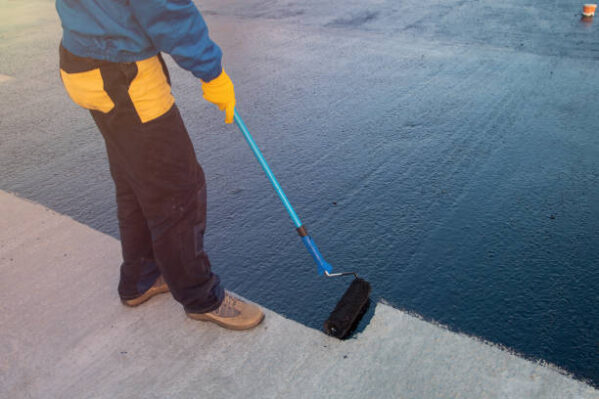On a hot summer day, everyone enjoys jumping into a beautiful, pearl-blue swimming pool. Swimming in a pool not only relaxes your body but also refreshes your mind. However, having a good time bathing in a pool leads to some other important things. Swimming pool maintenance is the most important. Keeping your swimming pool clean, fresh, and free of bacteria, algae, and viruses is essential; not only for your health, but also for a good swimming experience; ‘dirty’ pools do not provide a good swimming experience.
Here’s what you can do to keep your swimming pool in pristine condition every time you swim:
Maintain the Filter
Filters are responsible for cleaning the pool water and keeping sand, dust, dirt, and other physical impurities out of it. However, over time, filters begin to accumulate this dirt, which must be discarded or the filter must be unclogged. It is recommended that the filter be cleaned at regular intervals or whenever the pressure gauge on the filter begins to read between 7 and 10 pounds. This can be accomplished in two ways: either backwash the filter or remove it and thoroughly clean it.
If you have a cartridge filter, you will need to remove all of the cartridges, manually remove all of the dirt, and soak it in a filter cleaner solution for a day. After that, you can wash and rinse all of the cartridge elements before reinstalling them. Because cartridge filters take a long time to clean and return to service, having a spare set on hand is a good idea.
DE filters can be washed again, but there is a small catch. After backwashing, a new DE must be added to coat the filter grids. A DE filter must be completely cleaned at least once a year to avoid oil buildup.
Maintain the pump to perfection
A swimming pool system’s heart is the pump. The pump is responsible for keeping the water flowing throughout the system. The pump is responsible for transporting water from the pool to the filter and is essential for maintaining proper hygiene.
Various factors, such as pool size, depth, number of people, and so on, typically determine the size and duration of the pump’s operation. You can always seek advice from our pool professionals.
PH levels should be balanced
Nobody wants to swim in a soapy pool with high alkali content. Jumping into an acidic one is out of the question. Balancing the pH levels of your pool around 7.0 is ideal for anyone jumping in. The ideal pH range for human body requirements is 7.2-7.6
The activity of chlorine is another reason why a pH should be maintained. Chlorine kills all harmful bacteria and viruses and works best at a pH of 7.0. A pH must be maintained in order for the chlorine added to the pool water to take effect.
It is recommended that you send a sample of pool water to a professional for analysis every two to three weeks for advice on pool pH maintenance.
If you are unsure how to adjust the pH of your pool, consult a professional – do not attempt to mix items on your own.
Also, when doing your own pool maintenance, always follow the label directions when adding any products to the pool.
Calcium Difficulty
Calcium hardness levels in a pool should ideally be in the range of 200-250 ppm for concrete pools and 175-200 ppm for vinyl pools. Calcium hardness levels must be kept low to avoid plaster etching and shortening the pool’s life. High levels would eventually cause calcium buildup on the walls and floor, as well as equipment problems.
Regularly check the alkalinity
We must also maintain the alkalinity of our pools, just as we must maintain the ph. Use standard acidic buffers to ensure that the pool never becomes too acidic or alkaline; both are extremely dangerous to humans.
Sanitation with Halogens
Every pool professional recommends sanitizing your pool with chlorine and bromine. Halogens kill all bacteria and viruses in your pool and slowly evaporate into the air, leaving a completely sanitized pool behind.
At the pool, a free chlorine level of 1-3 ppm must always be maintained.
Apply a shock treatment to your pool
Shock treatment entails using shock products in your pool on a weekly basis. This reduces chlorine odour, clears swimmer wastes, kills bacteria, and breaks down cosmetics, among other things. A shock prevents algae formation and the formation of cloudy water.
Algaecides should be used
Algae are small creatures that grow in water and make it colorful while also giving it a slippery texture. Algae growth typically begins at the pool’s bottom walls. The simplest way to tell if algae formation has begun in your pool is to look at the colour of the water; if it appears greenish instead of the usual sparkling blue, it may be time to use some algaecides.
Algaecides kill all algae and keep the walls from slipping. The algae can then be removed using the filter and pump.
Pool cleaning agents work best when used at night. Because no one uses the pool at night, the chemicals can work effectively. Additionally, pool maintenance must be performed on a consistent basis. Call a professional pool cleaning service every couple of months so they can effectively advise you on how to get the most out of your pool every time.
